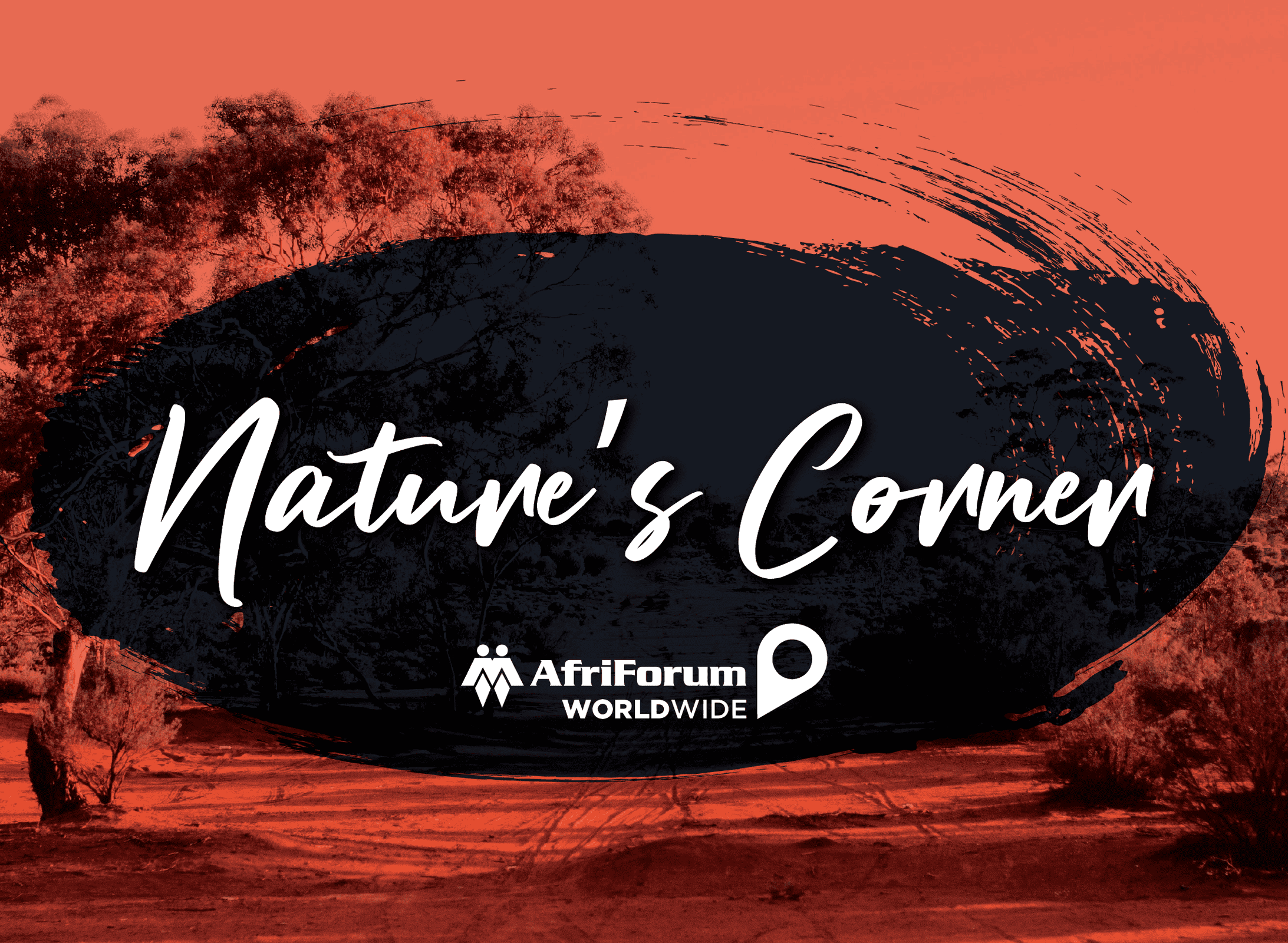By Alana Bailey
Recently we had the good fortune to visit the beautiful Sky Lodge in North West near the Hartbeespoort Dam. The lush vegetation of this area produced many surprises.
One of them was Transvaal milkplum (Englerophytum magalismontanum). The trees are evergreen and slow growing. They have shiny leaves and bear fruits that develop close to each other on the older wood of the tree. The fruits look almost like loquats and are red when ripe. Milkplums have a unique, sweet taste that reminds one of litchis and they can be used to make wine, mampoer, vinegar, syrup and jam. Sometimes they are also cooked with mieliemeel to form a tasty pink porridge. The fruit has a high vitamin C content and traditional healers use it to relieve stomach and rheumatism pain. The flowers and fruits attract various types of insects and birds.

Another type of tree that caught our attention, is the black monkey orange (Strychnos madagascariensis). The leathery, slightly hairy leaves of the tree are dark green above and light green below. The smooth round fruits initially are blue-green in colour, but turn yellow when ripe. Fruits can be up to 8 cm in diameter. The gourd-like shell encloses many seeds. All kinds of monkey oranges in this plant family are not safe for human consumption. Some of them have seeds that contain strychnine and you should therefore not eat the fruits unless you know the plants very well. Black monkey oranges, however, have many uses. The pulp can be crushed, dried and eaten. Furthermore, a paste can be made from the fruit to repel fleas and the roots can be ground and mixed with hot water to act as an emetic. Musical instruments such as the marimba and flutes are made from the dried shells.





















